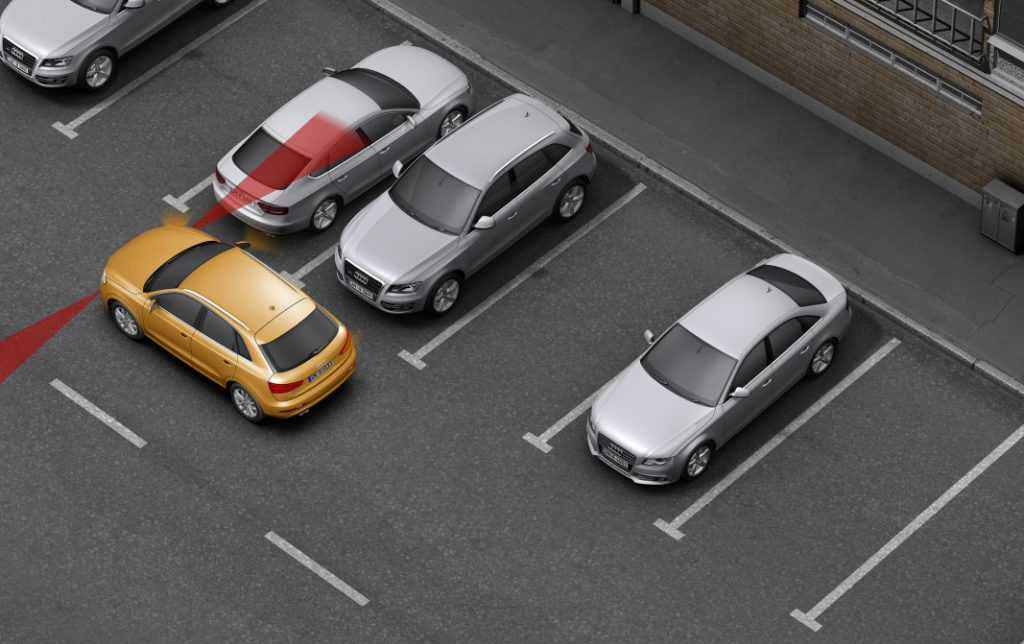When arriving at the shops, work, school or even at home, it can be tempting to scoot into a parking spot, nose first. That often feels like the quickest solution which allows you to get on with the task ahead. However, parking lots and driveways are hazardous places with tight corners, crowded lanes and increased pedestrian activity and research tells us that reverse parking (backing into a parking space) is usually the better and safer way to go.
The facts
- Whether it’s your driveway at home or a parking station, there is usually increased pedestrian activity around the places we park our car. Children and elderly are particularly vulnerable to being harmed in backover collisions.
- Distracted drivers are prevalent in parking lots and garages as they search for a spot or set their GPS and jump on the phone as they start their journey home. You’re also more likely to encounter distracted pedestrians.
- Parking stations and garages are often dark and feature added harzards, creating more blindspots.
- Even if injury is avoided, a fender-bender in a parking lot will often result in lost time and money.
Why reverse parking is the safer option
When you back out of a parking space, even if you carefully adjust your mirrors, it is difficult to see other pedestrians, objects and even other vehicles around you. You’ll be faced with a lot of blind spots and reduced visibility.
Reverse parking means backing into a space so you can drive forward out of the space when you leave. It’s a simple way to reduce your risk of a collision.
When you reverse into a parking space you have time to fully evaluate any hazards or people using the shared space around you before you execute your manoeuvre. And then on exiting, you are able to drive out forward with a greatly imroved natural field of vision.
Although it may feel like taking the time to reverse park is disrupting the traffic flow or costing you time, think about the impact of reversing into the flow of traffic – which not only affects the drivers around you and takes time but importantly adds a degree of risk that can easily be avoided. It is both easier and safer to enter the flow of traffic with the front of your vehicle.
A number of companies with vehicle fleets have realised the benefits of reverse parking and have incorporated it into their safety policies.
REMEMBER: Always drive carefully and slowly around car parks to improve your visibility and increase your reaction time should someone or something unexpected come across your path.
Tips for reverse parking
- Slowly drive in front of the parking space you have selected so that your rear bumper is just in front of the space (see image above).
- Turn your indicator on to let those around you know of your intention to park.
- Check for other vehicles in front and behind you (use your rear camera if you have one). Check your mirrors and surroundings for pedestrians and objects such as pillars and trolleys.
- Place your vehicle into reverse and start turning the steering wheel, slowly moving into the parking space.
- As you enter the parking space, straighten your steering wheel and check your side mirrors to ensure you’re clear of any obstacles nearby.
- Make sure you are aligned in the middle of the space with the front of your vehicle tucked neatly out of the way of oncoming traffic.
- Place your vehicle into park and apply the hand brake.

